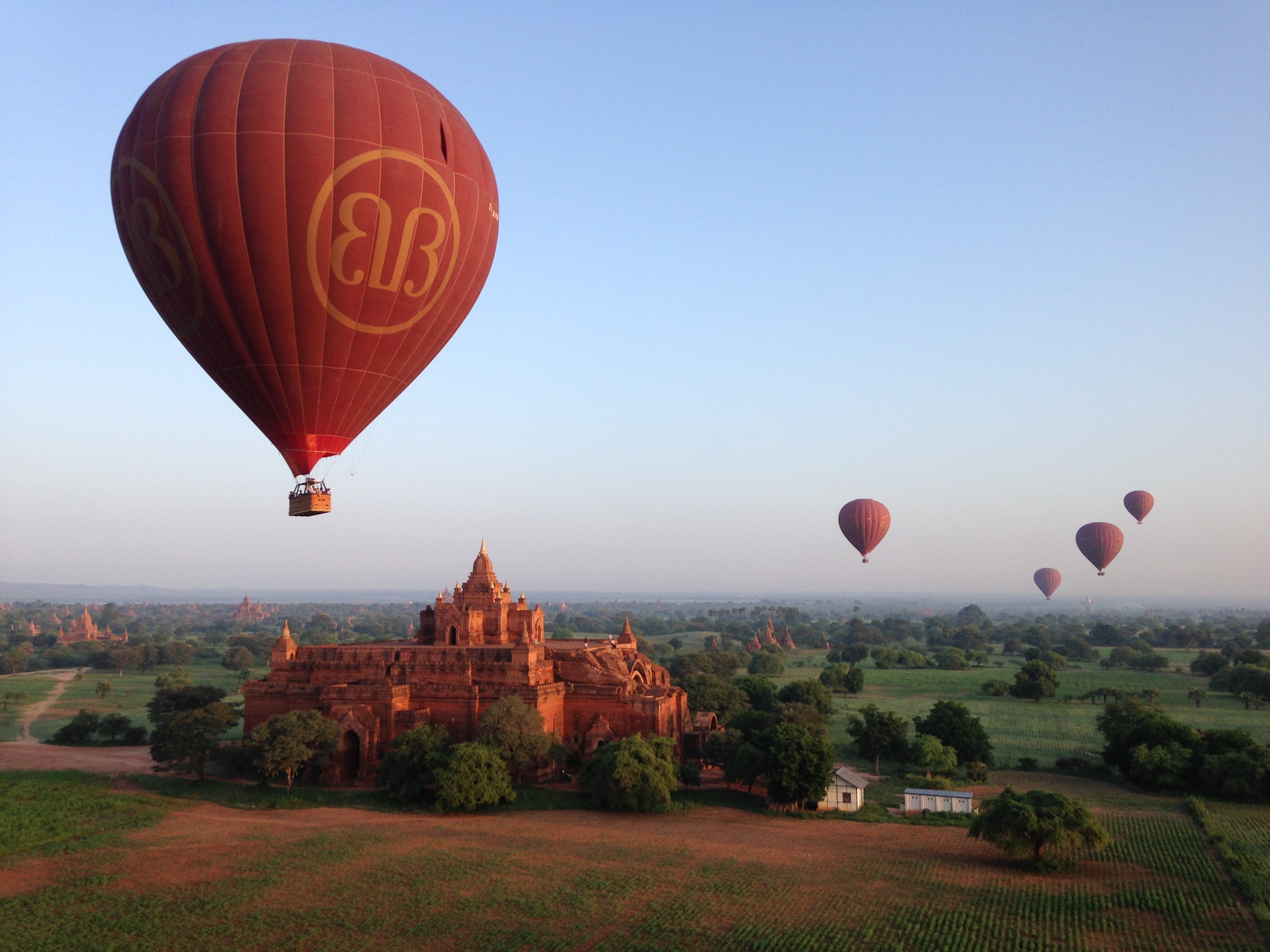Many of our travelers have traveled extensively to the world’s most popular destinations, but Antarctica remains a place many have not visited. Since no country owns Antarctica, (although several countries claim various areas) there are no antigay laws in place. Various treaties have set up Antarctica exclusively for scientific research, and have banned military activity. As I mentioned, while a few of these countries have mutually recognized each other’s claims, the validity of these claims is not recognized universally. So, in a strange way, Antarctica is one of the safest, most open places in the world for LGBTQ+ travelers. It is a destination where all are welcome.
It is also a simply spectacular place to visit, and one of the most beautiful, pristine places on the planet. Having just come back from Antarctica with a Zoom Vacations group, I can tell you that our gay group absolutely loved it. We were on an expedition ship that allowed us to access Antarctica’s wildlife-rich peninsula and islands. Leaving the ship on Zodiacs, we took Zodiac cruises, observing whales, seals, gorgeous icebergs, and more. These same Zodiacs took us the continent itself, where it was all about walking with penguins.
While a few companies do offer luxury tent options in Antarctica, where one lands on an ice runway, and makes camp at Union Glacier Camp, most people will visit Antarctica via ship, and explore the Antarctica Peninsula.
The Antarctic peninsula is a mountainous area where one will see icebergs, glaciers and a great amount and variety of wildlife. It is the most scenic of all Antarctic regions, making it a photographer's paradise.
There were times when I would look out at the scenery in front of me, and get a little choked up by the tremendous beauty. I literally came obsessed with icebergs. As sunlight hits an iceberg, it emits all kinds of beautiful blue hues. They all come in these incredible shapes and sizes and look kind of like magical floating crystals. When a bay is filled with icebergs of different sizes, the effect is just spectacularly dramatic. If you watched the first Superman movie staring Christopher Reeve, well, the landscape in Antarctica looks like Superman's crystal home.
Icebergs form when chunks of ice break off from glaciers, ice shelves, or a larger iceberg. These giant beasts float on the ocean and often become the resting places for seals, penguins, and other birds. On my trip we saw five varieties of seal: Antarctic fur seals, leopard seals, crabeater Seals and weddell seals. Because of their thick layer of blubber and fur, Antarctica seals are well-adapted to the freezing conditions and actually often find the conditions too hot, having to take plunges into the water to cool down. For them, laying on an iceberg all day is nothing.
Whale-watching is definitely a thing in Antartica, and on tour we saw humpback, minke, and orca (which actually belongs to the dolphin family). There is nothing like going out on a Zodiac raft, and watch a huge whale surface magically and majestically just a few yards from the raft. Sometimes we would be following a whale, lose site of it, and then suddenly we would hear its blow hole a short distance away on the other side of the raft. It definitely makes for an exciting marine safari.
While whale spottings are always a big deal, it seemed that most people on our expedition boat were most interested in penguins, and we saw three kinds: gentoo, chinstrap, and Adélie. They are loads of fun to watch, and immensely cute. One of the funniest things to observe is the parent penguins feeding their big fluffy gray teenagers, who would sometimes waddle-chase after the parent to get more food. During our landings, we were told to keep a distance of 15 feet to the penguins, but sometimes the little guys would come right up to us. I watched a “teenager” penguin come up and nibble on my friend's coat strap.
Perhaps the most interesting animal I saw during my time there was something called a salp, that has a translucent, gelatinous body, but doesn't sting like a jellyfish. If offers no real nutritional content, so I abstained from eating them. Salps link themselves together, forming salp chains, and are one of the most efficient examples of jet propulsion in the animal kingdom. Salps strain pumped phytoplankton-rich water through their internal feeding filters, giving them the sustenance they need.
Besides the incredible marine safari experiences, one of the most powerful thing is simply sitting in the stillness of Antarctica, appreciating the serenity and lighting that is unlike the rest of the planet. While on Zodiac cruises, I would have such beautiful moments of peace, as the ocean current gently rocked our raft, and snow-capped mountains and icebergs surrounded me, under a beautiful blue sky. It’s truly an icy heaven on Earth.



